

~~~~~~~~~~~~~~~~~~~~~~~~~~~~
SCUBA News (ISSN 1476-8011)
Issue 273 - April 2023
https://www.scubatravel.co.uk
~~~~~~~~~~~~~~~~~~~~~~~~~~~~~
Contents:
What's new at SCUBA Travel?
Creature of the month: Common Squid & their egg "mop heads"
10 Last Minute Liveaboard Deals - - Save up to $1688 US
Diving news from around the World
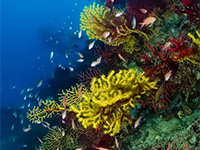 |
Wrecks, walls, caves and canyons - but which are the best sites?
|
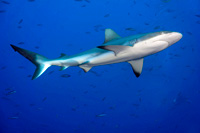 |
World-class diving with sea walls, sheer drop-offs, caves and an exuberance of marine life as her entire waters are a marine reserve. And sharks. Lots of them.
|
 |
Exploring the Underwater Treasures of Greece With 40 diving islands plus the mainland coast, there is plenty to choose from in Greece
|
I Dive Cyprus
Award winning dive center and the world-famous Zenobia.
FIND OUT MORE…
From the amazing full-moon snapper spawning in Palau to massive reductions in the Maldives.
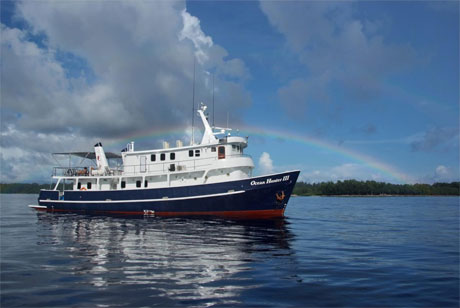
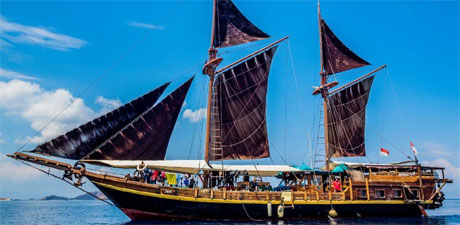
"What is this" I was asked last week. Found on a Belgium beach this jellyish mop-head was the size of a dinner plate. The answer is a mass of squid eggs.

Eggs from several mothers...
Further investigation revealed fascinating facts. This bundle of eggs was not laid by one mother but by several. What happens is that the squid gather together at their mating spot. Males perform various displays to attract potential females, internally fertilizing them when accepted. The females then descend to the bottom and use their arms to deposit their egg capsules onto the communal egg mass. This egg mass is attached to a rock or other hard substrate on the sea floor.
...and many fathers
Some males spend considerable energy and time courting and defending individual females, and they have high mating success. Other smaller males behave more sneakily. A female's egg capsule can contain eggs fertilized by two, three or more males.
Each egg capsule has around 200 eggs in it. A female deposits 20 to 50 egg capsules at any one time. The egg capsules are drawn by the female into her arms before depositing them into the mass. They can lay eggs in bouts several days or weeks apart.
Why were they on the beach?
The egg capsule masses are negatively bouyant which helps prevent them washing up onto shore should they become detached. Some still do though. These were probably deposited not too far away.
Squid migrate to the coast to spawn. Spawning peaks in Spring, but depends on water temperature. The eggs need to be at between 12-24oC to develop. Hatching takese place after about a month.
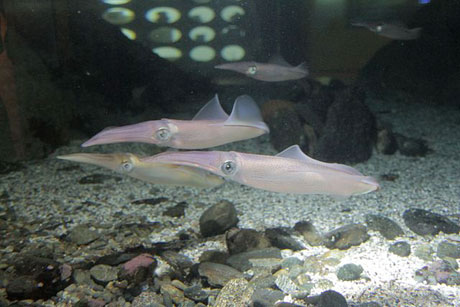
Strong swimmers, squid use their fins to swim like fish and their siphon to propel themselves very quickly forwards or backwards.
You find the Common or European squid (Loligo vulgaris ) from the North Sea down to the South African coast, including in the Mediterranean. It lives from 20 m down to around 500 m. The squid migrate from southern climbs in the winter up to Irish and North Seas in the summer.
Mollusca (Phylum) > Cephalopoda (Class) > Coleoidea (Subclass) > Decapodiformes (Superorder) > Myopsida (Order) > Loliginidae (Family) Loligo (Genus) > Loligo vulgaris (Species)
References
Hanlon, Roger. (1998). Mating systems and sexual selection in the squid Loligo: How might commercial fishing on spawning squids affect them?. California Cooperative Oceanic Fisheries Investigations Reports. 39. 92-100.
Ali Srairi et al, Reproduction of the squid Loligo vulgaris off the South Atlantic coast of Morocco
Vladimir Laptikhovsky et al, Spatial and temporal variability of spawning and nursery grounds of Loligo forbesii and Loligo vulgaris squids in ecoregions of Celtic Seas and Greater North Sea, ICES Journal of Marine Science, Volume 79, Issue 6, August 2022, Pages 1918-1930
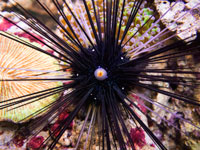 |
Scientists identify 2022 sea urchin killer
|
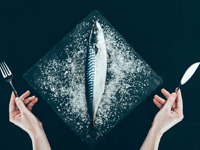 |
Mackerel is no longer a sustainable fish. Should you stop eating it?
|
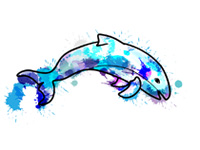 |
Mexico takes aim against marine animals' trafficking but criminal networks persist
|
 |
1,000 pounds of illegally caught sharks seized in Texas
|
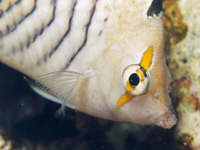 |
Coral-eating fish poo may act as probiotics for reefs
|
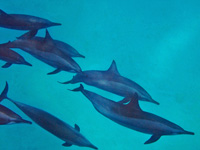 |
Holiday makers must be alert to potential legal action over dolphin disturbance
|
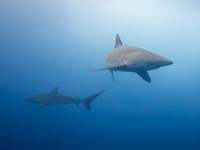 |
Maps of sharks' journeys show marine protected areas alone won't save them
|
 |
Protecting wildlife helps mitigate climate change
|
SCUBA News is licensed under a Creative Commons Attribution 4.0 Unported License. This means we are happy for you to reuse our material for both commercial and non-commercial use as long as you: credit the name of the author, link back to the SCUBA Travel website and say if you have made any changes. Some of the photos though, might be copyright the photographer. If in doubt please get in touch.
Photo credits: Tim Nicholson, Jill Studholme, Kristin Riser, Jianye Sui
Previous editions of SCUBA News are archived at https://www.scubatravel.co.uk/news.html
SUBSCRIBING AND UNSUBSCRIBING
Visit [UNSUBSCRIBE] and add or remove your e-mail
address. To change whether your receive the newsletter
in text or HTML (with pictures) format visit [PREFERENCES]
ADVERTISING
Should you wish to advertise in SCUBA News, please
see the special offers at
https://www.scubatravel.co.uk/newsad.html
Other advertising opportunities are at
https://www.scubatravel.co.uk/advertising.html
CONTACTING THE EDITOR
Please send your letters or press releases to:
Jill Studholme
SCUBA News
The Cliff
DE6 2HR
UK
news@scubatravel.co.uk
PUBLISHER
SCUBA Travel, 5 Loxford Court, Hulme, Manchester, M15 6AF, UK
Our newsletter, SCUBA News (ISSN 1476-8011), is absolutely free. It is a monthly publication, delivered by e-mail. To receive your copy fill in your details below. We will never pass your e-mail address to any third parties, or send you unsolicited e-mail.
To receive your copy fill in your details below. We will never pass your e-mail address to any third parties, or send you unsolicited e-mail.
You will receive an e-mail confirming your subscription. If you don't receive this you may have entered your e-mail address incorrectly - revisit this page and re-subscribe.
We love hearing from you: send us any news, dive write ups, reviews or comments